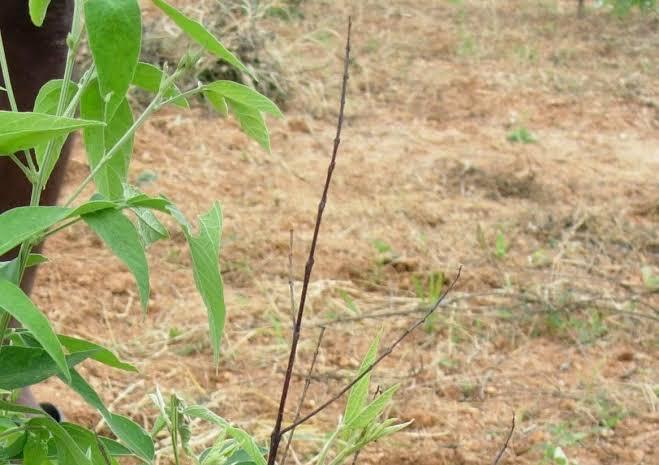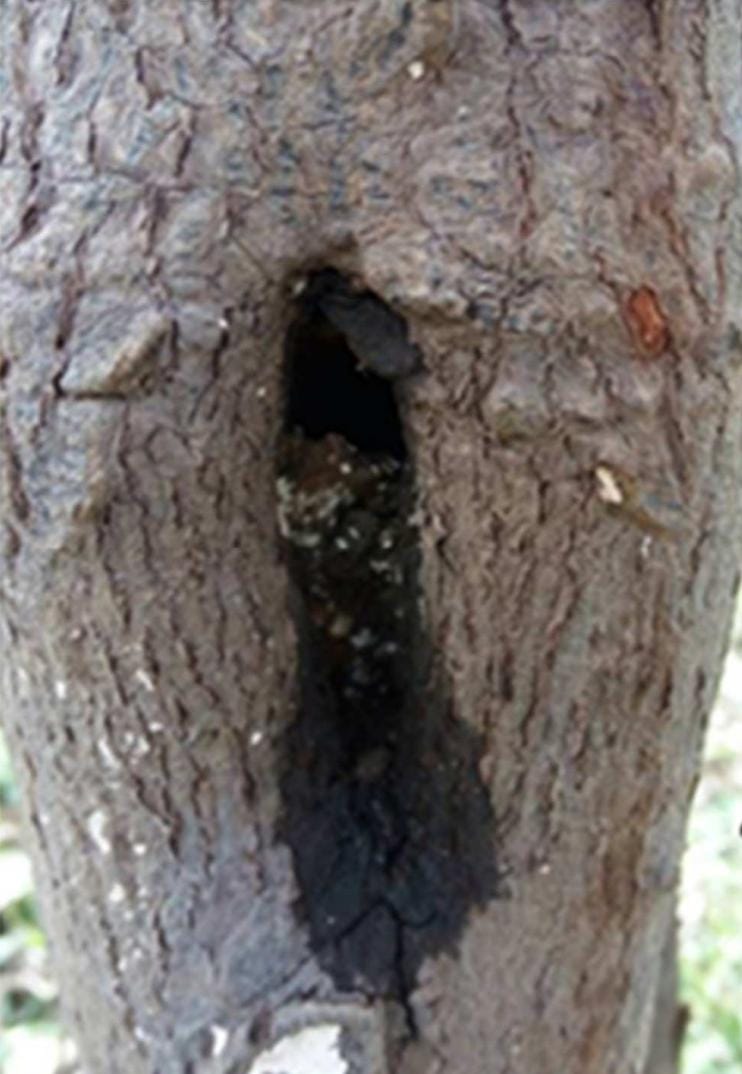Indian Sandalwood Plant
Indian Sandalwood, is a slow-growing tree that prefers well-drained soil and full sun. Hardy in zones 10-12, Sandalwood is highly valued for its fragrant heartwood, used in perfumery and religious ceremonies.
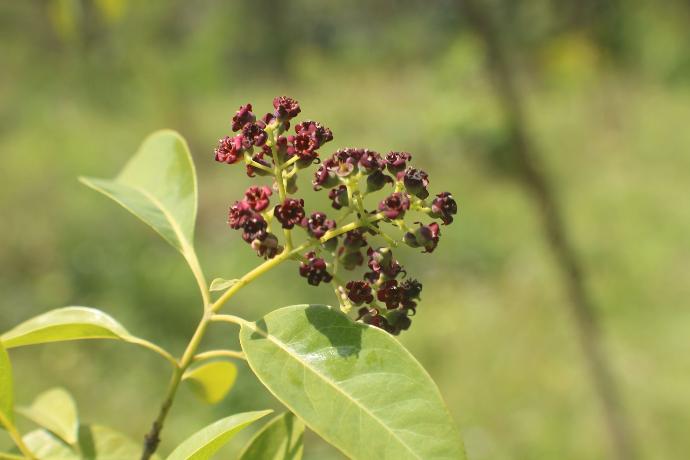
Habit
Tree
Height
6 to 8 m
Growth
Slow
Soil
Well-drained, sandy soil
Shade
Full Sun
Moisture
Low
Edible
Yes
Medicinal
Yes
Origin
India, Australia
Climatic Condition
Tropical, Dry
Temperature (°)
20 to 35
Humidity (%)
50 to 70
Potting media
Coir-sand mix
Fertilizers
Organic compost, NPK 2:1:2
Watering
Moderate
Plant Weight
100-200 g
Flowering Time
Spring to Summer
Soil Ph level
6.0 to 7.5
Water Ph level
6.5 to 7.5
Soil EC
0.2 to 0.8
Yield Per Plant
10-20 kg/tree
NPK ratio
10:10:10
life Span
Perennial
Health Benefits
Used in perfume production, rich in aromatic oils.
Suggested Grow Media or Potting Mix ?
50% loam, 25% compost, 25% sand
Suggested Fertigation/Fertilizers
Fertilize every 6 weeks with a balanced fertilizer.
Common Diseases and Remedies
Wilt , Leaf Spot
Dropping of leaves and branches , colour fade to yellow to brown . Fairly defined margins and brown black tan or reddish centres .
Liming the soils using nitrogen fertilizer , Pseudomonas florescence @ 10 Gr / Lt water . Prune and remove the effected leaves .
Drenching with copper oxy chloride . Copper based fungicides like carbindazum , Mancozeb .
HEALTH BENEFITS
· Used in Ayurvedic medicine for skin care.
· Contains compounds that have anti-inflammatory and antimicrobial effects.
· Helps reduce anxiety and promotes relaxation.
What Is An Indian Sandalwood Tree ?
Indian sandalwood is a type of tree native to the Indian subcontinent. It is known for its fragrant heartwood and is used for a variety of cultural, religious, and commercial purposes. The heartwood of Indian sandalwood is prized for its sweet, woody aroma and is often used to make incense, perfume, cosmetics, and traditional medicine. Sandalwood oil, extracted from the heartwood, is also valued for its therapeutic properties, including its use in aromatherapy and skin care.

What Are The Different Types Of Indian Sandalwood ?
1. Indian Sandalwood (Santarum album)
This is the most famous and valuable type of sandalwood. Native to the Indian subcontinent, it is famous for its sweet aroma and high oil content in its heartwood.
2. Australian Sandalwood (Santalum spicatum)
This species is native to Australia and is highly valued for its fragrant heartwood. Although Australian sandalwood has a slightly different aroma than Indian sandalwood, it is still highly valued in various industries.
3. Hawaiian Sandalwood (Santalum ellipticum and Santalum Paniculatum)
These species are native to Hawaii and are known for their aromatic heartwood. Hawaiian sandalwood has a unique scent and is used in perfumes, oils, and incense.
4. New Caledonian Sandalwood (Santalum austrocaledonicum)
Found in New Caledonia, this species, like other sandalwood species, produces fragrant heartwood. Used in perfumery and traditional medicine.
5. Pacific Island Sandalwood (Santalum yasi)
Native to Pacific Islands such as Fiji, Samoa and Tonga, this species, like other sandalwood species, is used especially in traditional medicine and religious ceremonies.
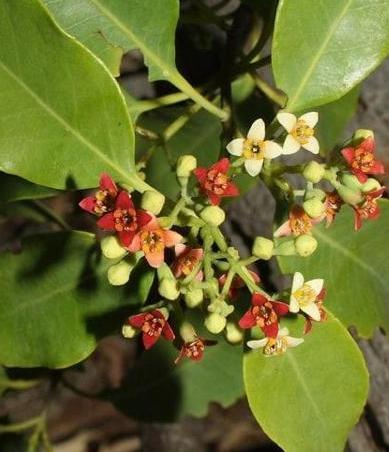
How to Care Indian Sandalwood ?
1. Location
Successful cultivation of Indian sandalwood largely depends on the selection of a suitable site with favourable environmental conditions. Ideally, the site chosen should have a warm tropical climate and well-drained sandy or clay soil. Areas with steady rainfall, typically between 600 and 1200 mm per year, are preferred, although sandalwood is known to tolerate periods of drought once established. Full sunlight, preferably an open landscape or vacant lot, is essential for optimal growth.
2. Sunshine
Sandalwood trees grow best in areas with plenty of sunlight because they are essential for photosynthesis, the process by which plants produce energy. Ideally, a sandalwood tree needs at least 6 to 8 hours of plenty of sunlight per day to reach its full potential. Adequate sunlight promotes healthy leaf development, improves nutrient absorption, and stimulates the production of essential oils in the heartwood, prized for its aroma and medicinal properties.
3. Soil
Sandalwood trees grow in well-drained, well-aerated soil. This is because waterlogged or compacted soil can hinder root development and cause root rot. Sandy or loamy soils with a neutral to slightly acidic pH value (approximately 6.5 to 7.5) are ideal for growing sandalwood. These soil types provide adequate drainage while retaining the moisture and nutrients your tree needs for healthy growth. Before planting, soil preparation is essential, including proper leveling, soil testing, and any necessary amendments to optimize soil fertility and structure.
4. Hydration
Adequate hydration is important, especially during establishment and active growth. Although sandalwood trees are relatively drought tolerant once established, they do require some moisture to thrive, especially in areas with arid climates. Appropriate irrigation techniques, such as drip irrigation and basin irrigation, help deliver water directly to the root zone, minimizing water waste and ensuring efficient uptake by the tree. However, be careful not to overwater as this may cause waterlogging and root rot.
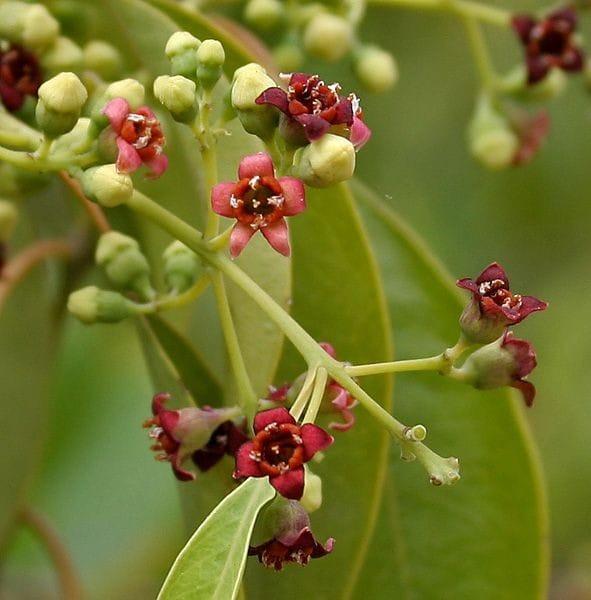
5. Nourishment
Balanced fertilization during the growing season supports healthy development. Pruning helps shape the plant and promotes branching, while also ensuring the health of the plant by protecting it from harsh weather conditions such as strong winds and pests.
6. Issues
There are several challenges in growing Indian sandalwood. The big problem is the slow growth rate of the plants, which can take several years to mature and produce viable heartwood. In addition, sandalwood is susceptible to various pests and diseases, such as scale insects and root rot, which can significantly affect plant health and yield. Additionally, maintaining ideal environmental conditions such as soil pH, moisture content, and temperature can be difficult and requires careful monitoring. Furthermore, with high market demand and limited natural habitat, illegal logging and trafficking pose a significant threat
What are the Benefits of Indian Sandalwood ?
Commonly used in perfumes, incense, and aromatherapy, Indian sandalwood has a calming and grounding effect. Sandalwood is highly valued in skin care for its soothing and anti-inflammatory properties. Commonly used in rituals, rituals, and meditative practices to purify the environment. Sandalwood is used in traditional medicine systems such as Ayurveda and Traditional Chinese Medicine for its therapeutic properties. It has antiseptic, antispasmodic and diuretic properties and is thought to be helpful for digestive problems. Sandalwood scent is associated with relaxation, stress relief, and mental clarity.
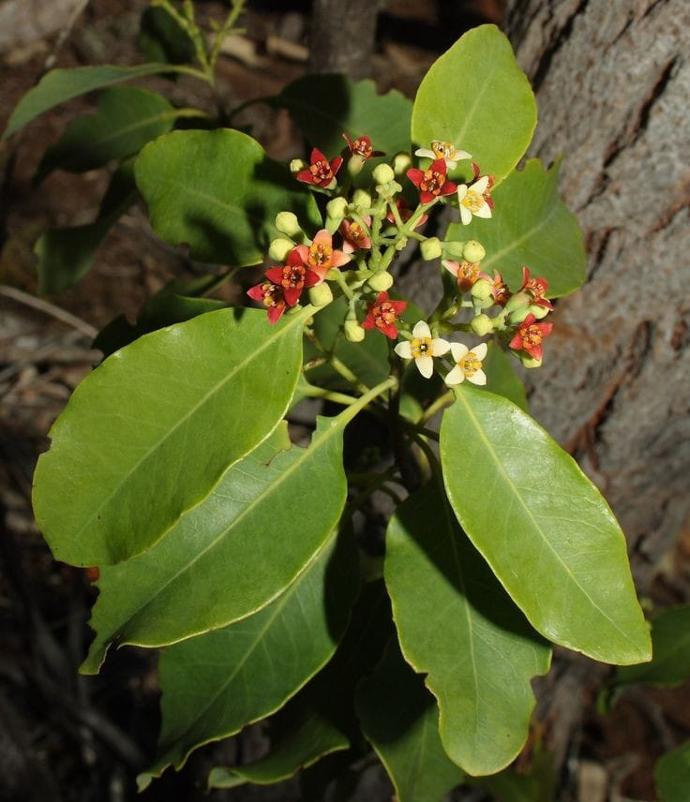
FAQs About Growing Indian Sandalwood
1. Where can I find Indian sandalwood ?
Indian sandalwood is primarily found in the southern regions of India such as Karnataka, Tamil Nadu, Andhra Pradesh, and Kerala. It also grows in parts of Sri Lanka.
2. What is Indian Sandalwood used for ?
Indian sandalwood has many uses including perfume and incense, skin care, religious and spiritual practices, and traditional medicine.
3. How long does it take for Indian sandalwood to ripen ?
Indian sandalwood trees typically take 15 to 20 years to mature and produce the heartwood that provides the scent of the tree.
4. Is Indian sandalwood endangered ?
Yes, Indian sandalwood is considered endangered in its natural habitat due to overhunting and illegal logging.
5. How can I tell the difference between genuine Indian sandalwood products and fake products ?
Genuine Indian sandalwood products usually have the scientific name (Santalum album) on the label and are sustainable .They may also come with a certificate showing their correct sourcing method.
